In this blog, we look at caring for a new lawn in the first few weeks after your turf is laid and how to maintain your lawn to keep it healthy.
A new lawn from turf is a good investment and it makes perfect sense that you will want to make sure that it performs as well as it can. Get your lawn off to a good start with our top tips for keeping grass healthy.
There are 5 rules to caring for new turf
- Water regularly, never let the ground dry out
- Keep off the grass until it has rooted in
- Mow little and often once the grass is growing well
- Top up soil nutrient levels to encourage strong root growth
- Don’t allow fallen leaves or debris to accumulate on your new lawn
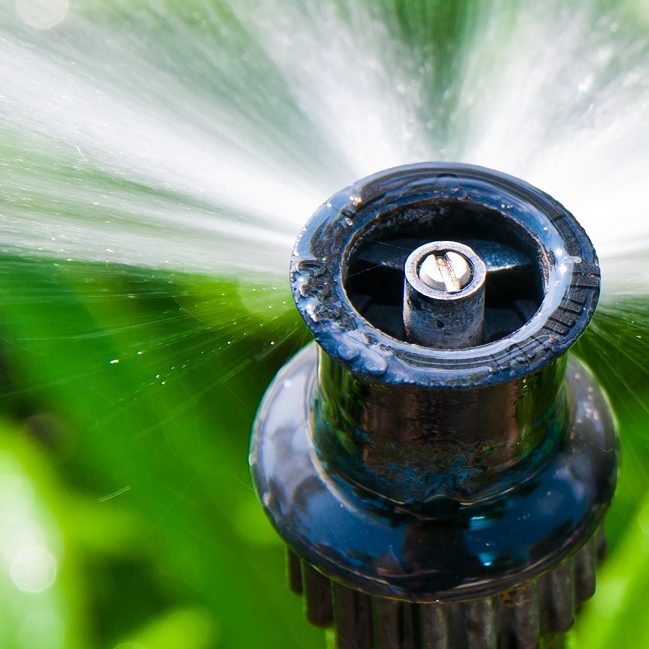
Watering
A grass plant is around 80% water. It’s a function is to carry nutrients to every single cell so that the plant can grow roots and shoots as well as harness sunlight to make its own energy food. It’s a coolant too. Water is drawn up from the soil by the plants’ roots. It is also lost through tiny pores in the leaves known as stomata.
When turf is growing in the field it develops really long, strong roots of up to a metre long. The harvesting process slices off a high proportion of those roots. The roots will grow back relatively quickly once they come into contact with your garden soil (grass is remarkably good at regenerating). A hosepipe or a sprinkler system will do the trick, both of which are available on Turfonline’s store.
Products that can help…
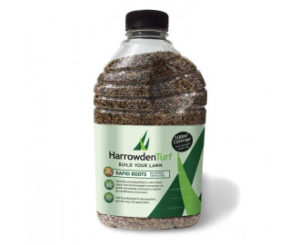 |
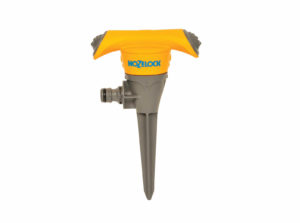 |
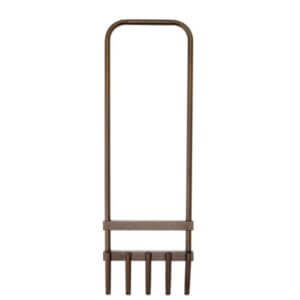 |

|
 |
 |
Roots and water..
Until they do get established in your soil, those roots will struggle to find enough water to support the whole plant. Which is why it’s vital that you make sure water is freely available. That means that the soil beneath your turf must NEVER be allowed to dry out. Even if that means irrigating twice a day in hot weather.
Therefore, we would recommend that you water newly laid turf twice a day for at least the first week. Then, once it has started to be in, about 2-3 times per week. After about 6 weeks, you can then drop it down to once per week.
Please note that it can take around two weeks for shallow roots to start to embed.
What happens if your new turf doesn’t get watered enough?
In short, it will die. If you do not care for your lawn then you may see shrinkage with gaps appearing between turves. You will see that the leaves become flat and floppy as they wilt. They lose colour, becoming yellow and then brown. The edges of the lawn will most probably die first. Can it be revived? Sometimes – but it will take a long time to regain the look and the vigour of new turf.
Wear and Tear
Lawn grass is so durable because the leaves quickly outgrow damage. Newly laid turf is using all of its energy to grow roots and get established. If leaves are crushed by feet or toys, repairs are not a high priority to the plant and you may see scars on your lawn for quite a while.
- Always use laying boards to spread your weight as you walk across your new lawn to water it.
- Try not to walk on your lawn at all for the first 3 weeks after laying turf
- Avoid heavy traffic for the first 3 months so that the plants can get really well established.
- Never walk on newly laid turf if it is frosty
Mowing
Once the roots are happily working their way into the soil, you’ll see that the grass starts to grow. It’s time to start mowing. Mowing grass does more than keep it looking neat. It encourages the plants to grow new leaves from the base of the lawn so that the sward stays thick, velvety and good at suppressing weeds.
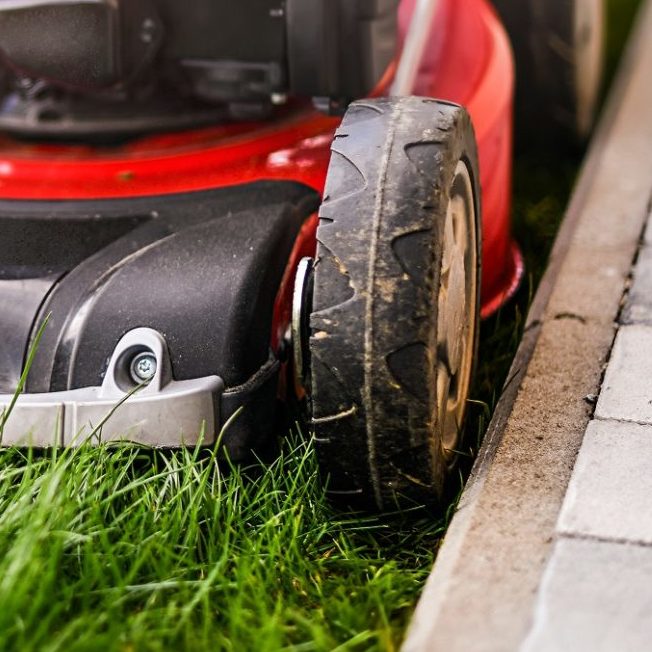
Before you mow, there are a couple of things to check
Has the grass rooted in strongly enough?
The last thing you need is for your mower to pull up and rip your new curves. So before you start, test the lawn’s establishment in several places. Simply grab a handful of grass and pull upwards. If the blades come away in your hand, that’s good. You can start mowing. If you feel the earth move i.e. the turves lift slightly – then wait a couple of days and test again.
Is your mower in tip-top condition?
Blunt mower blades rip at the grass leaving a jagged open wound that takes a long time to repair and could let in disease. Your mower blades must be spotlessly clean and super sharp. The aim is to make a clean cut that heals almost immediately.
Guidelines for mowing new turf
All of the care and attention you paid to lay your new turf can be undone in a single pass of the lawnmower. The key thing to remember when mowing new turf is patience. You mustn’t even try to cut it really short in one go because you will stress the plants and endanger their health.
For the very first cut, have your mower on its highest setting and only remove the tips of the grass. Choose a mild day when the grass is dry (not easy in autumn, you might need to compromise and mow when the grass is slightly damp). Make sure the mower blades are super sharp and put the grass box on. Clippings must be removed from a young lawn. This first cut will make the lawn look neater and encourage the plants to grow more shoots from the base. If you feel confident enough, why not try mowing some stripes into the lawn.
How to mow stripes into your lawn
For second and subsequent cuts, avoid removing more than 25% of the grass blades in one go. The green bit is the powerhouse of the plant. It’s the energy factory and the food store. Taking away a big section of a plant’s leaves before it is properly established is like cutting out part of your stomach – you’d survive but not necessarily thrive.
Feeding
I’d like to think that you remembered to use pre-turfing feed when you laid your turf. If not, it’s not too late to apply it. Only instead of raking it into the soil, you can carefully apply it to the sward and water it in.
Pre-turfing feed simply helps the roots to find all the nutrients they need to support establishment and growth. It really does get the lawn off to a good start and will make your lawn maintenance a much easier process going forward.
Choose one with plenty of phosphate and potassium to help plant metabolism.
General hygiene and tidiness
A new lawn needs plenty of sunlight to help the plants produce energy. It also needs good ventilation to keep the disease at bay.
Autumn leaves are the worst culprits for hampering lawn growth, followed by toys and furniture. Aim to keep the surface of the lawn as clear as possible for as long as possible.
For help and advice
You’ll find lots of lawn care information on the Turfonline blog and I can also recommend “Modern Lawn Care” a book by David Hedges-Gower.
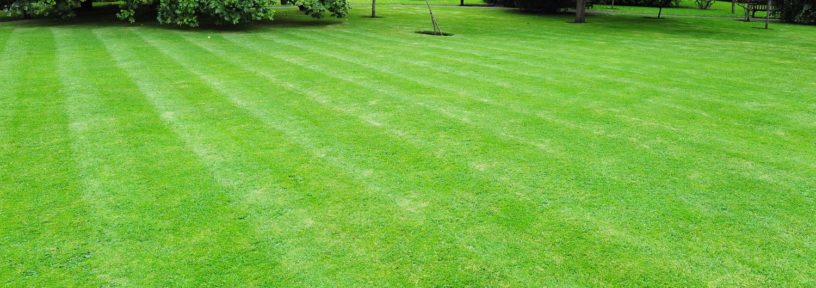
 Creating a new lawn: seeding and turfing
Creating a new lawn: seeding and turfing  Caring for your new Meadowmat wildflower turf
Caring for your new Meadowmat wildflower turf  How to Establish Your New Turf
How to Establish Your New Turf 

